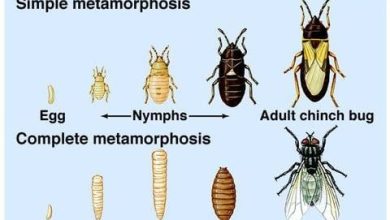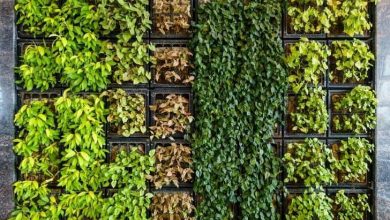How to Plant Vines and Get Top Quality Grapes (or Wine): [Complete Guide]

Grapes are small fruits that have a soft pulp, with small seeds inside. They come from the plant known as vine, vine or vineyard (Vitis).
These are achieved in different variations, highlighting the purple and green ones.Depending on the climate you have in your area, you will have a high chance of planting a vineyard in your home.
Part of its advantages is the possibility of harvesting agood amount of fruitin each cycle.
In addition, they are the basis for the production of wines, so their value increases much more.
Do not go.
here we bring youa very complete guidethat you may not see elsewhere.
Important Points when Planting a Vine or Vine
- When? Between spring and autumn.

- Where? They need a lot of room to grow. They need many hours of light daily. You also need a point to lean on (vine, stick, etc…).
- Growing time? It is a fast growing plant. We can have an adult vine in a few years.
- How do we prepare the land? the pH should be between 6 and 7.5. The soil texture rather sandy. The land with compost and rich in organic matter (ideal earthworm humus).
- How do we water? It is not easy and it is a VERY important point. We recommend reading below.
- How do we harvest? We will observe the state of the fruit (the grape). The best months are from August to October.
- Favorable associations? Other fruit trees, especially kiwi.
- Unfavorable associations? Other climbing and invasive plants (such as bougainvillea). They compete for resources (electricity and water).
- Plagues and diseases? Anthracnose, red spider, yellow spider, phylloxera, piral, green mosquito and birds.
When to plant vines?
The vine plant needs to go throughthe entire climatic process of the year.
This means that it needs both the heat of summer and the humidity and cold of winter.
However, the best time to plant is when the weather is mild to hot.
For this reason, the best time will bebetween spring and autumn.
Where to plant vines?
 As in most plant species, the choice of a good soil will be directly proportional to the development of the plantation.
As in most plant species, the choice of a good soil will be directly proportional to the development of the plantation.
The first thing to consider with grapes is that they have apH ranging from 6 to 7.5.
Also, the ground should have a rather sandy texture.
Fertility is an important point, but not decisive, since it is possible to obtain its nutrition through fertilizers.
Lastly, you musthave good drainage.
Take into account that it is not good to choose land that has very large rocks that can affect the development of the plant.
Finally, it will be a very valuable plus if it has layers of clay that help waterproof it.
Did you know…The vine (known in Spain) is an excellent tree to provide shade in summer and light in winter (it loses its leaves).
How to prepare the land for the cultivation of vines?
When the chosen terrain presents diverse slopes, the first thing that will need to be done issubject it to a leveling process.
Afterwards, it mustmake a deep fertilizationof all the land to be used, through the use of compost or pure cattle manure.
This manure will be processed together with the earth through deep shoveling, so that the fertilizer penetrates to a certain level.
How do we irrigate our vineyard?
In this case, the vine plant is very demandingand dynamic according to your needs.
For this reason, experienced farmers in the field have designed an irrigation prototype that is based on thedifferent stages of growth:
- Budding: it is the first stage and during it they need a certain amount of liquid to allow them to take root well in the ground. Normal is around 15 mm.
- Flowering: at this stage the needs decrease and 10 mm is enough.
- Setting: at this time the situation changes and much more water is needed, varying from 60 to 120 mm depending on the weather.
- Maturation: the range of need is reduced, varying from 80 to 100 mm.
- Harvest: it is the final stage and in which precisely greater care must be maintained, especially with the presence of rain since it could be very harmful for the harvest of the fruits. About 40 mm is more than enough.

How to plant a vineyard step by step?
sow vinehas no secretnor is it very different from other species.
Here the key will be, more than anything else, in choosing a species that adapts to the particular characteristics of the place where it will be planted.
If all the work on the land has already been done efficiently, what will come next will be the following:
- Dig holes with the appropriate dimensions to place the seeds that you have previously selected.
- These seeds must be prepared before sowing, the correct way is to soak them in distilled water for up to 24 hours.
- The vine plant needs support to grow, since they are creeping, for that you can use sticks or grids.
- It is important that 2 weeks after planting, the soil is properly fertilized to ensure a good amount of nutrients.
Now, it is important to clarify that these plants can take up to 3 years to bear the first fruits.
But, to get there, you will have to offer them the necessary care, paying attention to their growth and the areas that they take to give them comfort.
When and how to harvest our grapes?
If the time has come to harvest your harvest, you may feel a lot of excitement but you must work carefully.The first thing is to know that the best months are from August to October.
However, the essential part to know if the time has really come is taking a grape and tasting it. It is through the taste that it is possible to recognize, with greater security, whether or not they are ready to be harvested.
To find out more, read our guide: Grape Harvest.
What favorable associations does it have?
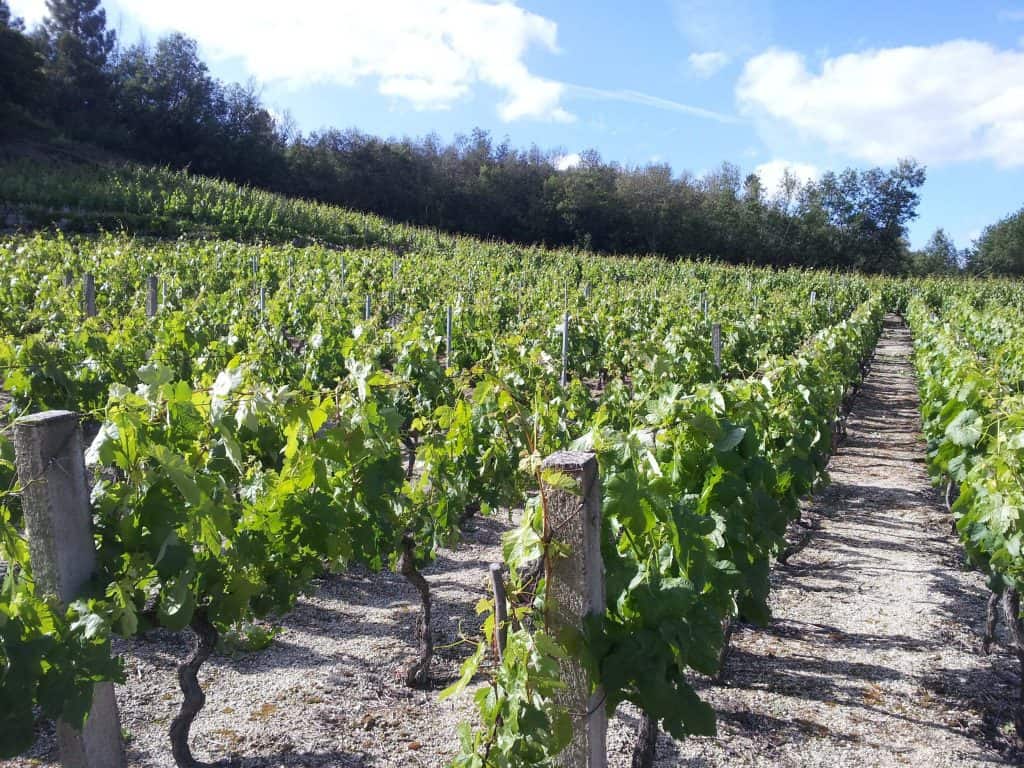 Specialists recommend, in these cases, that the fruits be associated with flowering plants, since many of them have the possibility of fighting pests.
Specialists recommend, in these cases, that the fruits be associated with flowering plants, since many of them have the possibility of fighting pests.
However, as the vine is a sliding vine, you can try working with other fruit-bearing plants that do not take up space or light, such as the kiwi.
But, as already mentioned, the largest amount of grapes produced around the world isfor wine production.
For this reason, the common thing is that the plantations are only of this fruit.
And, when growing at home, people prefer to plant in pots, since its stem tends to take up little space.
What pests and diseases can our vineyard have?
For lovers of this fruit and its cultivation, we regret to inform you thatpests and diseases are many and variedthat can attack your plantation.
Among them are:
anthracnose
A white area surrounded by a black environment appears anywhere on the plant.
Red spider
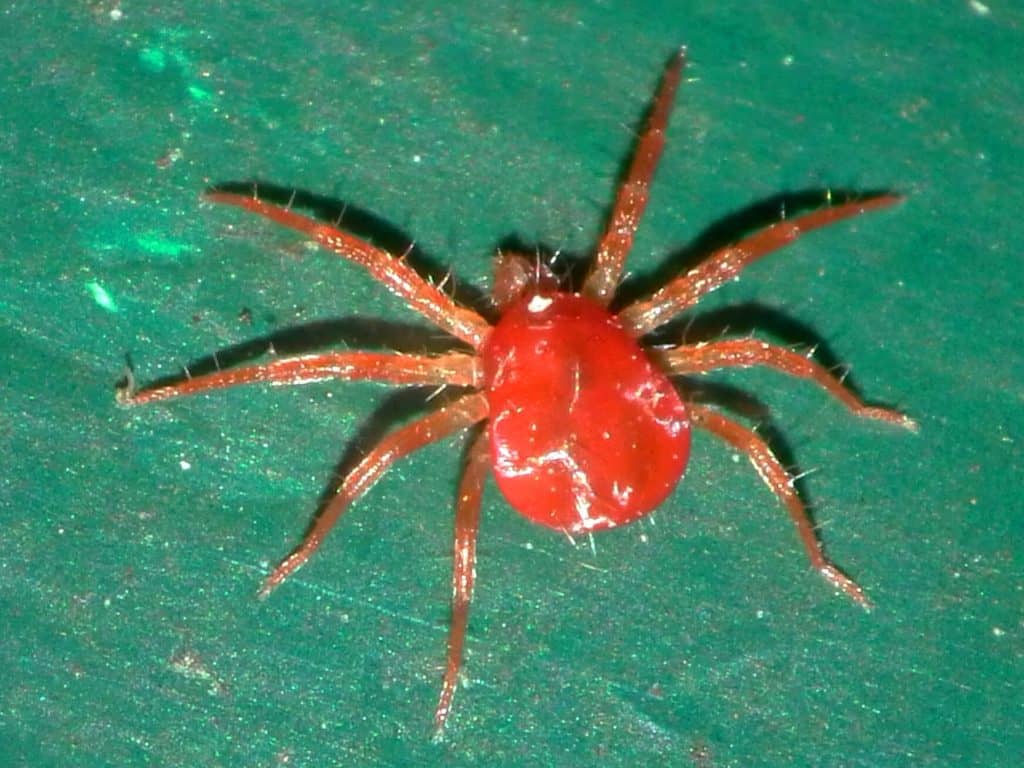 The red spider mite generates spots on the entire plant, causing loss of chlorophyll and defoliation. So it prevents proper photosynthesis.
The red spider mite generates spots on the entire plant, causing loss of chlorophyll and defoliation. So it prevents proper photosynthesis.
yellow spider
They can cause heavy defoliation.
Phylloxera
Bulging in the leaves of plants that prevent the passage of sap.
Pyral
It is characterized by holes appearing in the leaves.
green mosquito
Punctures in the foliar nerves to eat the sap.
birds
They do not attack the tree itself. Rather they are dangerous to preserve the fruit.
To avoid this, we can go to plastic bags when our grape clusters are growing.
Vine diseases and pests can be combatedtaking good care of the plants.In addition to that we have at hand natural remedies such as neem oil or potassium soap.
Avoiding waterlogging or lack of irrigation helps a lot to reduce the number of possible diseases and problems in our vineyard. As well as maintaining a fertile and nourished land.
And although they can happen, this should not lower your enthusiasm to have your own plantations.So, it’s now or never!
verticillium wilt
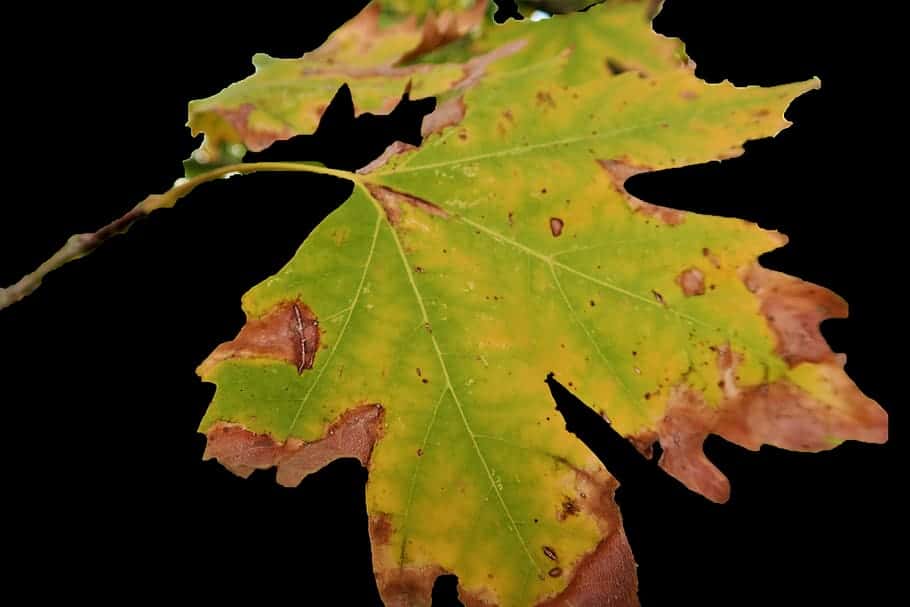 Verticillium or Verticillium wilt is a common soil fungus that thrives in temperate climates around the world and can be present in the soil for decades.
Verticillium or Verticillium wilt is a common soil fungus that thrives in temperate climates around the world and can be present in the soil for decades.
Verticillium wilt overwinters in the soil as dormant mycelium or tiny dormant black structures called microsclerotia, waiting for favorable conditions to return.
They enter damaged plant tissue through the roots and multiply. Many common weeds, such as dandelions and weeds, can be Verticillium host species.
Verticillium wilt is a disease that affects more than 350 species of eudicolous plants. It is caused by six species of Verticillium fungi: Verticillium dahliae, Verticillium albo-atrum, Verticillium longisporum, Verticillium nubilum, Verticillium theobromae, and Verticillium tricorpus.
Many plants with significant economic weight are susceptible, such as cotton, tomatoes, potatoes, oilseed rape, aubergines, peppers, and ornamental plants, as well as others in natural vegetation communities.
Many species and cultivars of eudicots are resistant to the disease, and all monocots, gymnosperms, and ferns are immune. To know more: Verticillium wilt in the Orchard: What is it? How do we identify it?
If you want to go deeper, you can see: Diseases of the vine.
To know more, read: Varieties of grapes.

![Photo of Plant a Fig Tree: [Cultivation, Care, Irrigation, Substrate and Pests]](https://www.complete-gardening.com/wp-content/uploads/2022/08/plant-a-fig-tree-cultivation-care-irrigation-substrate-and-pests-390x220.jpg)
![Photo of Tagete: [Cultivation, Care, Irrigation and Reproduction]](https://www.complete-gardening.com/wp-content/uploads/2022/08/tagete-cultivation-care-irrigation-and-reproduction-390x220.jpg)
